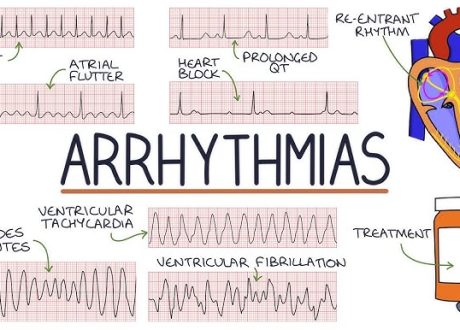Seemant Chaturvedi, MD reviewing Qureshi AI et al. JAMA Neurol 2020 Sep 8
Higher rates of neurologic deterioration and adverse events were associated with intensive treatment in patients with excessively high initial systolic blood pressure.
Many patients with intracerebral hemorrhage (ICH) present with elevated systolic blood pressure (SBP). At times, SBP can be markedly elevated (>220 mm Hg). The clinical consequences of extreme SBP lowering in these patients (to <140 mm Hg) are not clear. In this retrospective analysis of the ATACH 2 clinical trial, investigators randomized 999 patients (SBP, >180 mm Hg; men, 62%) to intensive SBP lowering (target SBP, 110–139 mm Hg) or standard treatment (target SBP, 140–179 mm Hg).
A total of 228 patients presented with an initial SBP greater than 220 mm Hg. In this subgroup, the mean initial SBP was 237 mm Hg, compared with 190 mm Hg in the comparison group. Black individuals were more likely to have SBP ≥220 mm Hg than lower SBP (19% vs. 11%). Primary endpoints included neurologic deterioration within 24 hours, death or disability at 90 days, and kidney-related adverse events. Patients who underwent extreme SBP lowering had higher rates of neurologic deterioration (15.5% vs. 6.8%) and renal adverse events (13.6% vs. 4.2%) than comparators, but equivalent rates of death or disability.










